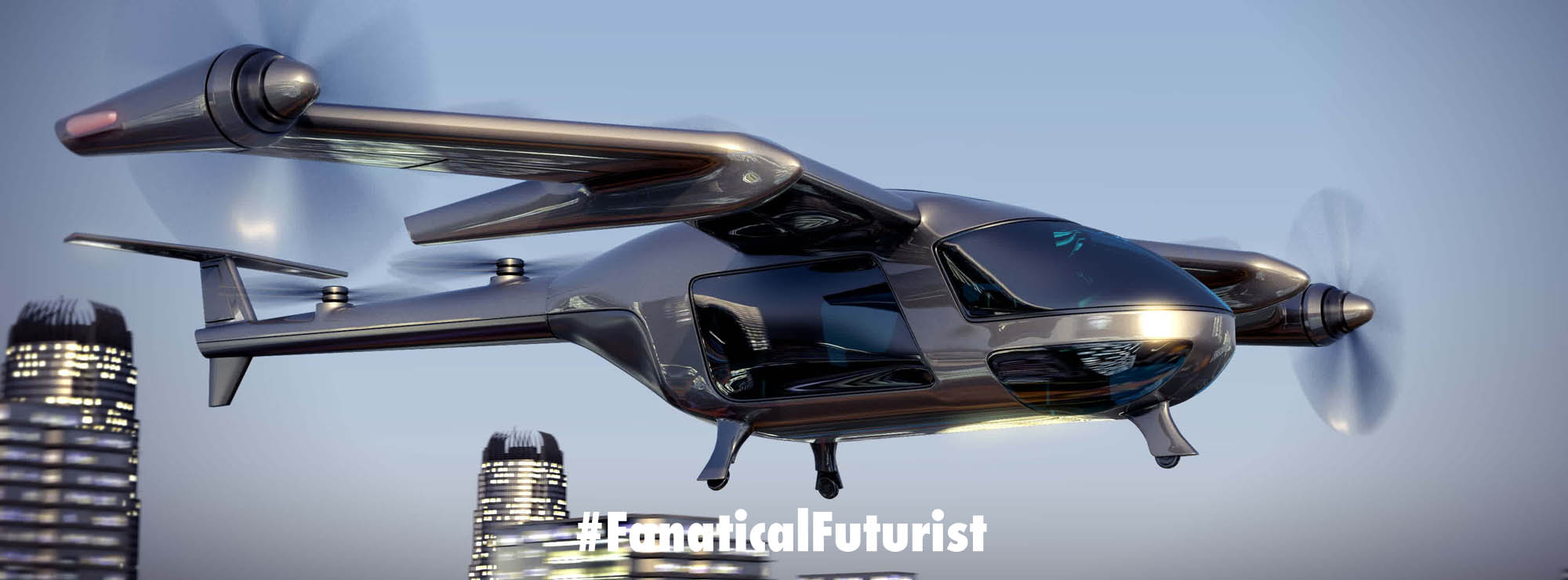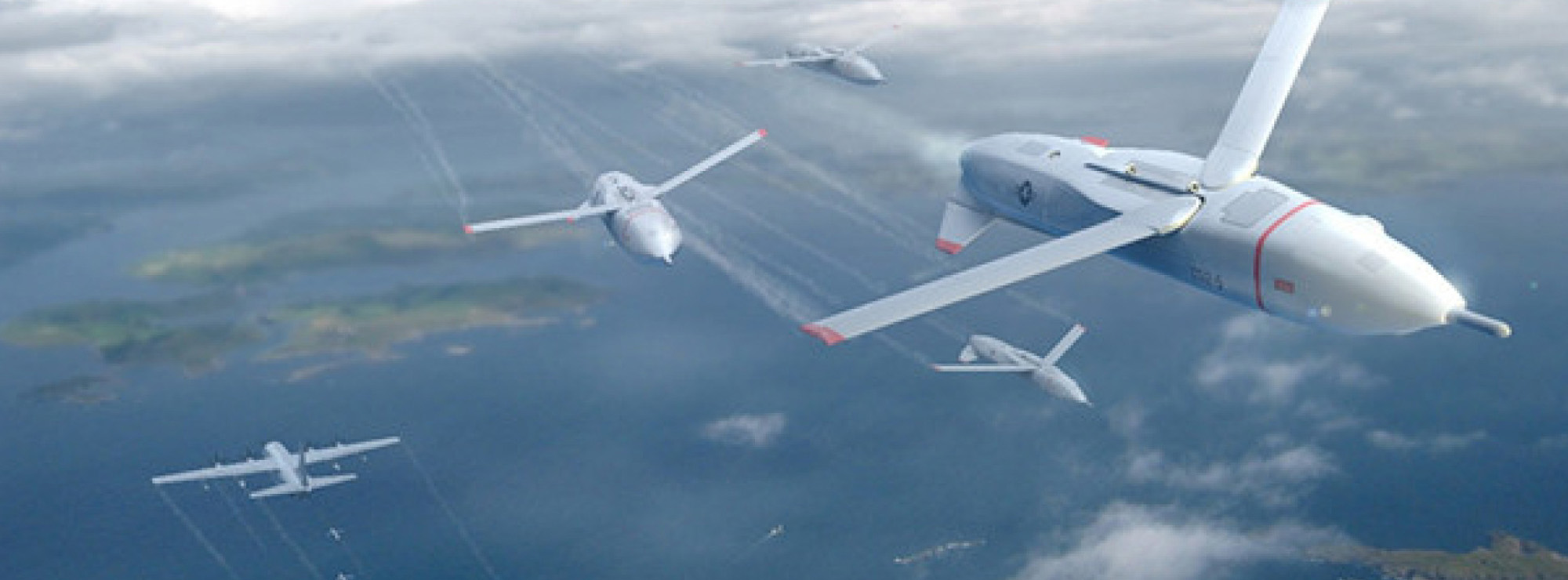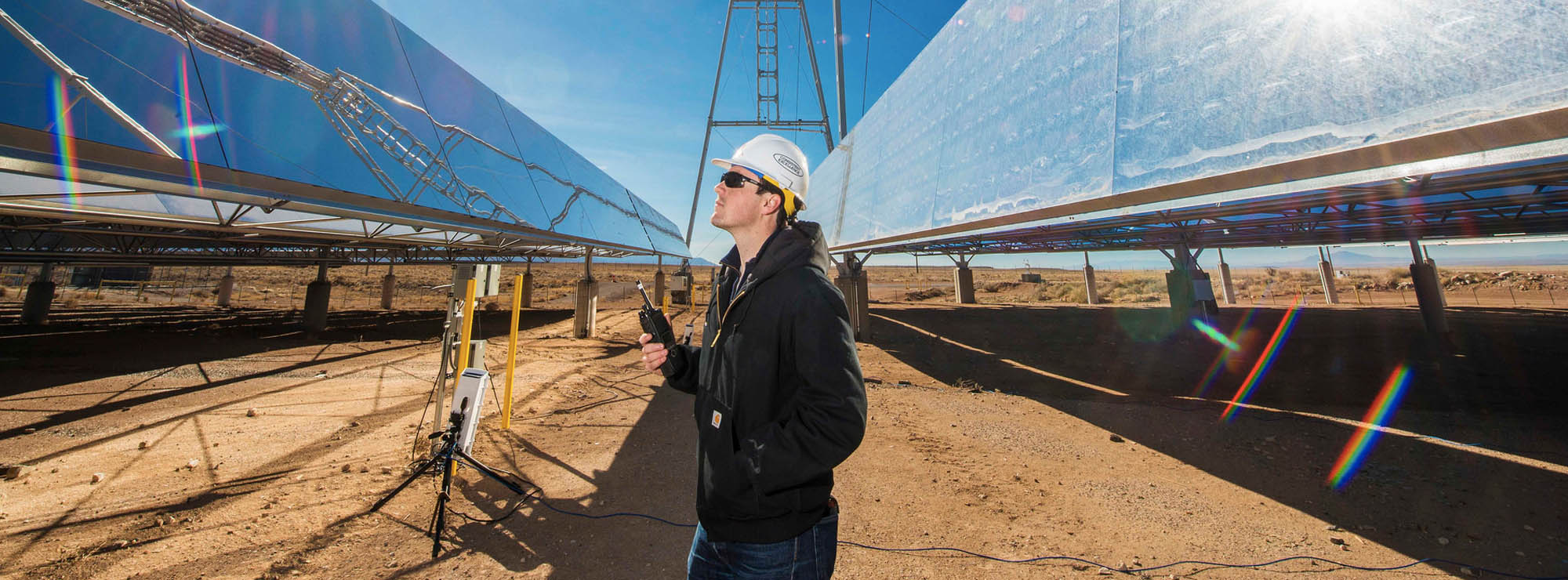WHY THIS MATTERS IN BRIEF
China is way ahead of the US in hypersonic weapons and aircraft, including Wind Tunnels, and GE is trying to catch up.
 Love the Exponential Future? Join our XPotential Community, future proof yourself with courses from XPotential University, read about exponential tech and trends, connect, watch a keynote, or browse my blog.
Love the Exponential Future? Join our XPotential Community, future proof yourself with courses from XPotential University, read about exponential tech and trends, connect, watch a keynote, or browse my blog.
A while ago I talked about how China has developed a state of the art Mach 30 hypersonic testing facility – and now, in true American style as in many respects the US struggles to catch up with China in some technology areas, GE Aerospace has announced it will expand its hypersonic testing infrastructure in the US in response to increasing need in the country.
The aerospace company will upgrade sites in Evendale, Ohio, Bohemia, New York, and Niskayuna. These will allow it “to conduct higher-Mach, mission-relevant testing at a scale not previously possible,” GE Aerospace explained in a press release.
The work forms part of a wider push within the US to accelerate the development of next-generation hypersonic weapons testing capabilities.
In recent years, the US has accelerated the development of hypersonic weapons testing capabilities. These weapons travel at speeds exceeding Mach 5, which is more than 6,100 km/h, and five times the speed of sound. As global tensions rise, they are seen as a critical technology. Though hypersonic technologies were pioneered in the US, China has developed specific capabilities that surpass other global powers.
Now, GE Aerospace is looking to boost its hypersonic testing capabilities in various locations throughout the US. At Evendale, Ohio, the company is upgrading a test facility to enable testing of larger hypersonic propulsion systems. These “enhancements will also allow testing at higher Mach numbers and enable more relevant simulation of actual flight conditions,” the press release stated.
At the firm’s Bohemia facility, GE Aerospace said it “has been upgrading the test cell facilities on site, following the 2022 acquisition of Innoveering, a company specializing in hypersonic propulsion technologies.”
The Niskayuna, New York facility, meanwhile, will expand its hypersonic testing capabilities at its Research Center. This will allow the company to work on a range of next-generation hypersonic propulsion technologies.
GE Aerospace’s new infrastructure investment will allow it to test larger systems and iterate upon its existing technologies. The company has developed a hypersonic dual-mode ramjet. According to GE Aerospace, this went from the concept stage to testing in less than 11 months.
“This investment accelerates GE Aerospace’s ability to meet future hypersonic propulsion needs,” said Mark Rettig, vice president and general manager of Edison Works Advanced Programs at GE Aerospace. “By enhancing our infrastructure, we’re not only enabling more representative and scalable testing but also demonstrating our ability to deliver advanced technologies faster and more efficiently.”
Several US firms are developing innovative hypersonic testing capabilities. Stratolaunch, for example, is developing its Talon-A2 hypersonic test platform. The company is backed by the US Department of Defense’s (DoD) Multi-Service Advanced Capability Hypersonic Testbed (MACH-TB) program. This initiative is leveraging the private sector to accelerate the development of hypersonic weapons testing.
As Stratolaunch points out in a video showcasing its technology, “There are a set of capabilities that [the US’s] competitors have that the US doesn’t currently have.”
New testing infrastructure aims to address this imbalance and reposition the US as the global leader in hypersonic technologies.















